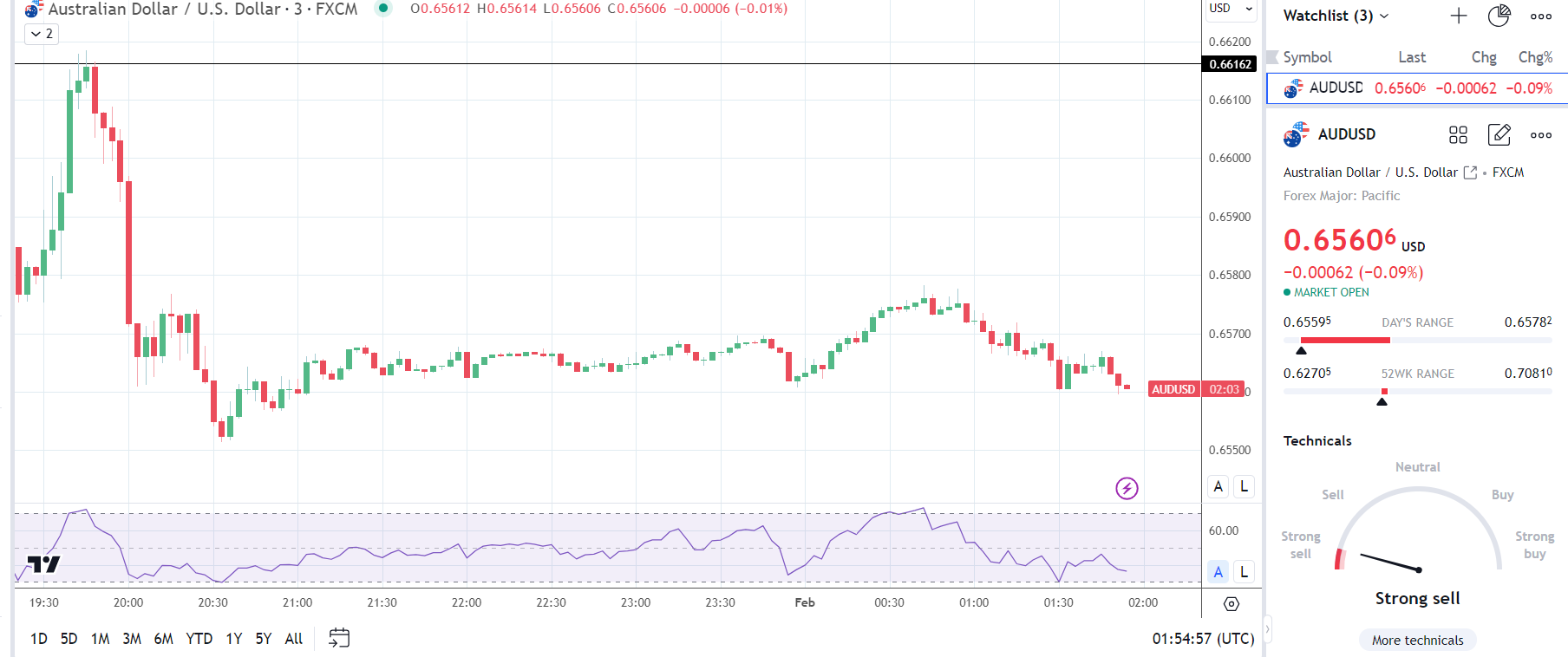China Caixin Manufacturing PMI Holds at 50.8 in January Despite Stimulus
Highlights
- China Caixin Manufacturing PMI remained at 50.8 in January.
- A pickup in overseas demand offset weaker domestic demand.
- Later today, US manufacturing PMI numbers and labor market data need consideration.
China Manufacturing Sector Crawls into January
On Thursday, the Chinese economy was under the spotlight. Disappointing NBS private sector PMI numbers for January impacted riskier assets on Tuesday. However, the Caixin Manufacturing PMI has more weight.
The Caixin Manufacturing PMI remained at 50.8 in January. Economists forecast a decline to 50.6. According to the January survey,
- New business increased at the least marked pace since October 2023.
- Overseas demand rose for the first time since June 2023, albeit marginally.
- Manufacturers responded to the pickup in overseas demand, ramping up purchasing activity.
- Firms reduced workforce numbers, though the rate of decline was the weakest in five months.
- Input prices increased moderately while the competitive landscape impacted factory gate prices.
- Nonetheless, business confidence for the next 12 months was the most marked in nine months.
January Survey Takeaways
Weaker domestic demand may raise concerns considering stimulus measures from Beijing to bolster the economy. Despite a moderate pickup in demand from overseas, factory gate price trends continued to paint a deflationary backdrop.
The Aussie Dollar Reaction to the Caixin Manufacturing PMI
Before the PMI numbers, the AUD/USD rose to a high of $0.65782 before falling to a low of $0.65603.
However, in response to the PMI data, the AUD/USD rose to a high of $0.65670 before falling to a low of $0.65595.
On Thursday, the AUD/USD was down 0.09% to $0.65606.

Up Next
US Manufacturing PMIs and US labor market data will draw investor interest. However, the labor market data would likely warrant more investor attention before the US Jobs Report (Fri). Tight labor market conditions support wage growth, fueling consumer spending and demand-driven inflation.
Economists forecast unit labor costs to increase by 1.6% quarter-on-quarter in Q4 2023 after falling by 1.2% in Q3 2023. Economists predict nonfarm productivity to increase by 2.5% in Q4 after rising by 5.2% in Q3. Significantly, economists expect initial jobless claims to fall from 214k to 212k in the week ending January 27.